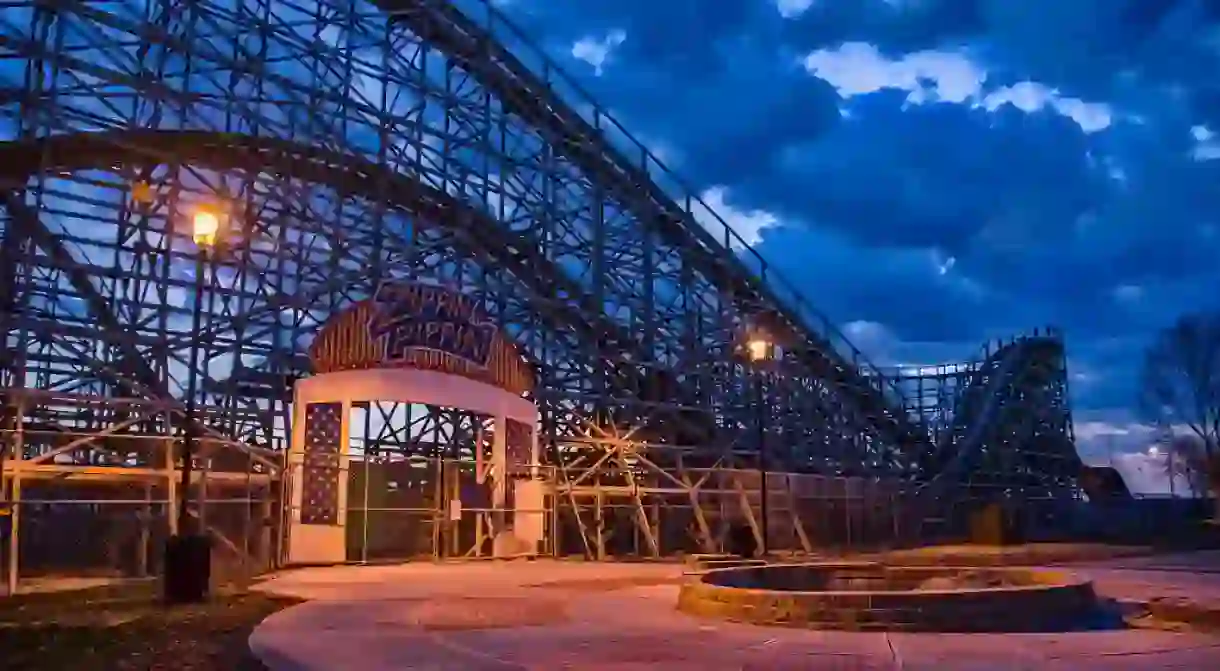10 Historic Roller Coasters From Around The World

Adding a little thrill to everyday life – the appeal of roller coasters spans generations and is felt across the globe. The earliest roller coasters were developed in Russia, as early as the 16th century, and used gravity alone to send carts winding around a mountainside ramp. During the 19th century, roller coasters became hugely popular features of many cities in North America and Europe, with high-profile designers competing on an international scale. By the early 20th century, the technology had advanced to a reliable plateau and many of the results dating from the early 20th century still survive to this day. Here’s a look at ten of the most storied historic roller coasters still in use today.
Leap-The-Dips, Lakemont Park
Built in 1902, by the E. Joy Morris Company, Leap-The-Dips is North America’s oldest roller coaster and one of the last surviving side friction roller coasters in the world. Coasters built after the 1920s are designed with what are called ‘up-stop wheels’ that prevent the cars from becoming airborne. In the side friction model, the wheels of the carts run along a trough, with side plates that help keep them on the track — that and a brakeman who was on hand to slow it down if necessary. For that reason, its top speed a mere 10mph. Leap-The-Dips was closed in 1985, but reopened in 1999 by a fundraising campaign and it still remains a popular ride at the Lakemont Park in Altoona, Pennsylvania.
Leap-The-Dips, Lakemont Park, Altoona, PA United States +1 814 949-7275

Zippin Pippin, Bay Beach Amusement Park
Amusement Park, Park

Scenic Railway, Luna Park
Amusement Park, Park

Rutschebanen - Kjøbenhavns Sommer-Tivoli (Tivoli Gardens)
Amusement Park, Park

Wild One - Six Flags America
Park

Scenic Railway, Dreamland
Park

'White' Roller Coaster - Lagoon Amusement Park
Amusement Park, Park
Big Dipper – Blackpool Pleasure Beach
Park
Giant Dipper, Santa Cruz Beach Boardwalk

Coney Island Cyclone, Luna Park
Park














